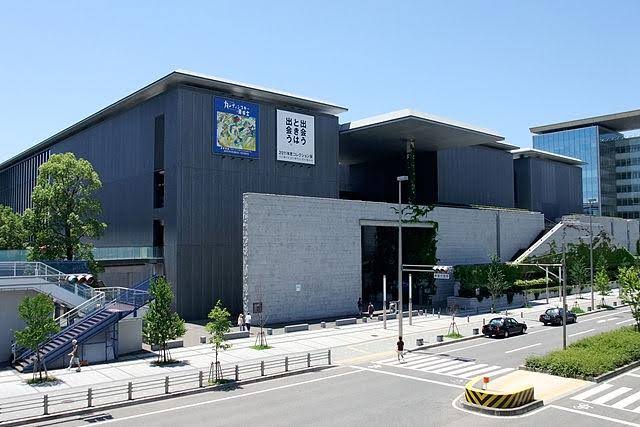Monuments of architecture and creators of the transcendence: Tadao Ando (part 2)
“When I design buildings, I think of the overall composition, much as the parts of a body would fit together. On top of that, I think about how people will approach the building and experience that space... If you give people nothingness, they can ponder what can be achieved from that nothingness”
Tadao Ando, drawing from his Japanese heritage, that design can remain simple, yet also at the same time representing a poignancy to its significant. But what I find intriguing about Ando's work and this can be seen on a broader scale, is the Japanese ability to fuse Western aesthetics and even philosophy to make it their own dynamic. Ando's geometry may seem simple, but the devil is in the details, the small and the grand, both complementing each other, a fined tuned balance between the starkness on concrete – in its brutalist fixture, to the smoothness as a representing balance of Ando's structures. It is although what seems complex is also, from other angles, both simple and serene. To transfuse over and complete an ensō circle, one must know that life is both simple and complex within the simultaneity of the infinite.
In my opinion Tadao Ando's Hyōgo Prefecture Museum of Art, completed in 2002 holds a unique reflection to one of his main influences, Le Corbusier. Located on the Kobe waterfront, with the Rokko Mounting Range North west of the city. It was funded by the Kobe Reconstruction emergency package after the devastating Earthquake that destroyed most of the city with a terrible lost of life to the city's population. Once again, thinking back to Ando's roots as a young man growing up in a devastated Japan after World War 2 – embracing the safety, the layering of concrete, yet crafting it, softening its extremities. Which Corbusier also was able to do, but paradoxically, like Corbusier, Ando also built for longevity – a humanist power against the elements, despite maybe sounding contradictory to the Zen philosophy of non dualism. It is this defiance against nature – which inspires the creative. That, if studied, philosophically, with Zen as the cultivation of the mind, it is by its process of overcoming the natural self and the world. Conjoining the two, to make them one within the self. I see this in Ando's Hyōgo Prefecture Museum of Art building. It looms over the water front, with its three concrete flat roofs, jutting out protectively over the reinforced glass set alongside metal beams. It is power, facing power, looking into the void. What we have, is our creations, not to submit to nature, but to brace its power and at times, learn to flow within its chaos. Yet, the Hyōgo Museum of Art sits sternly, like a meditating presence. Facing the world without fear. To be part of and to be distant from. This is structure. Nature in all of its indifference, what it creates and destroys, is to understand it and to also work with and against it. You can see this in this structure.
And it is when you view this building from behind, it starts to feel shut off, disconnected. Ironically this is the part which faces Kobe City. Yet, Ando has encased it in a black cladding, sombre, stark with flat, blunt and bricked stylized walls. But, if you study the two opposing sides of the building (East and West), they portray contrasts, one open, yet still defiant, to the sea (Oska Bay) the other, facing the city, closed off – of course this also its positioning, but I still feel that Ando has encoded a message within this structure to what the building means as a fixture to the natural world. That, in the case of Kobe, can be so destructive to human life. Internally, inside the open spaces of the Hyōgo Museum are the details, beautifully lined, with set piece forms. The most elegant of staircase, despite its brutalist offering, the descending spiral array of stairs, which sits open and yet shielded, in the middle of the building structure, very much like his first building, The Row house in Oska. In its orginal representation. Very much Ando's intrinsic design for the participant to both feel connected and separate from the elements of nature. I find this the most intriguing aspect of the building, it is a though it descends to the underworld, a journey that one must do alone. In its symbolism, we live in two worlds, darkness and light. That are one.






Comments
Post a Comment